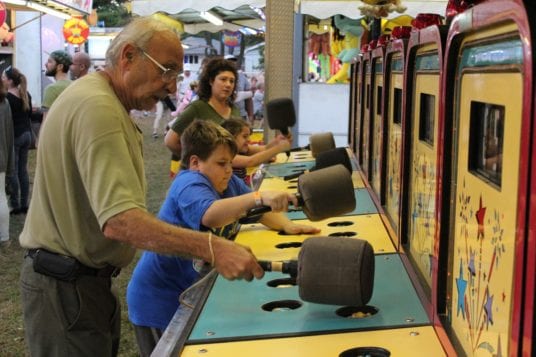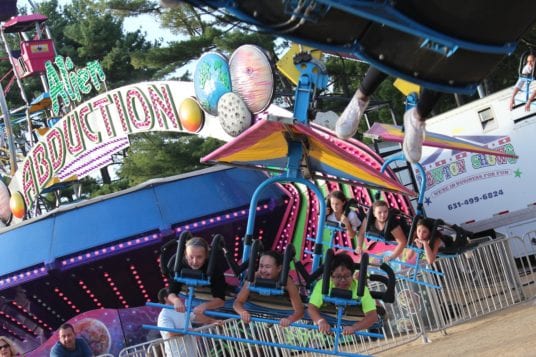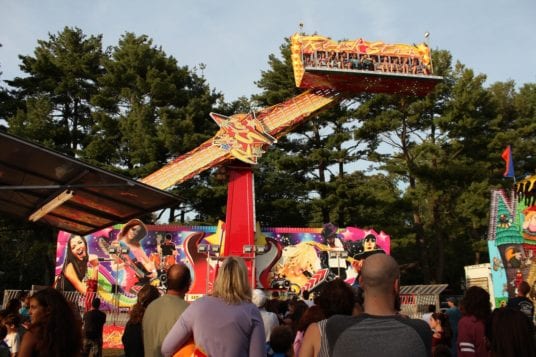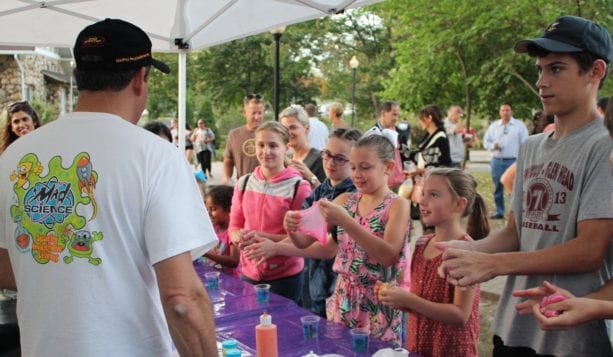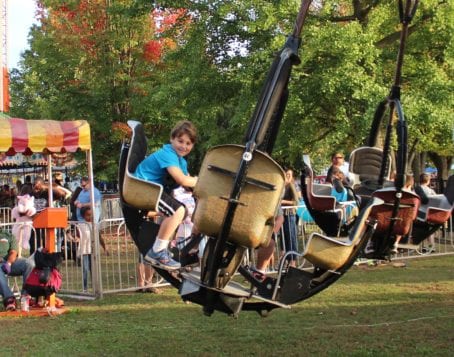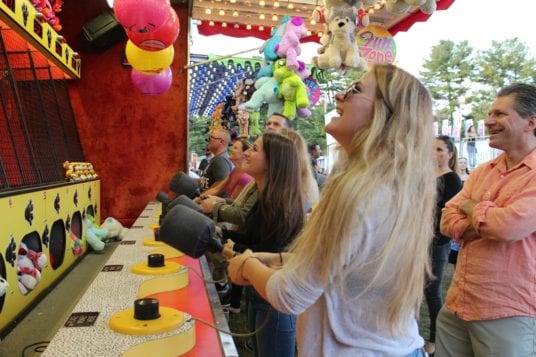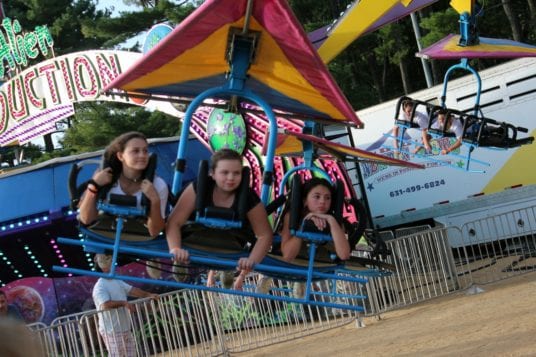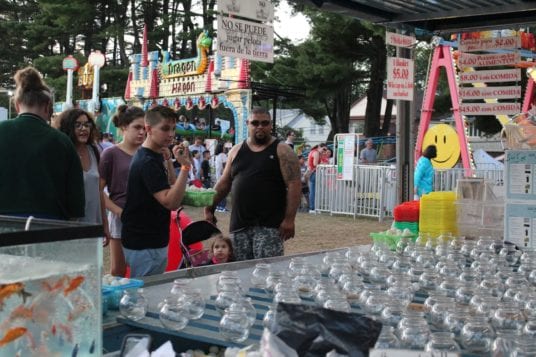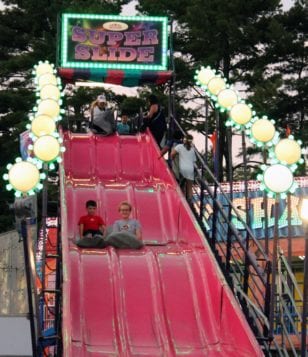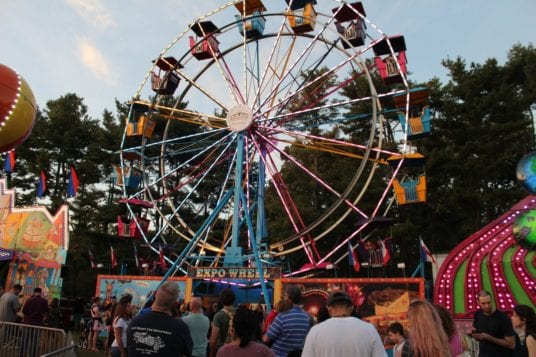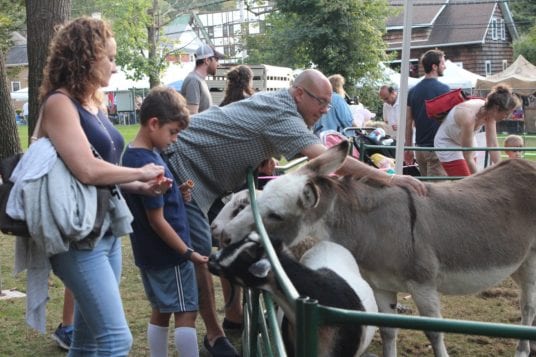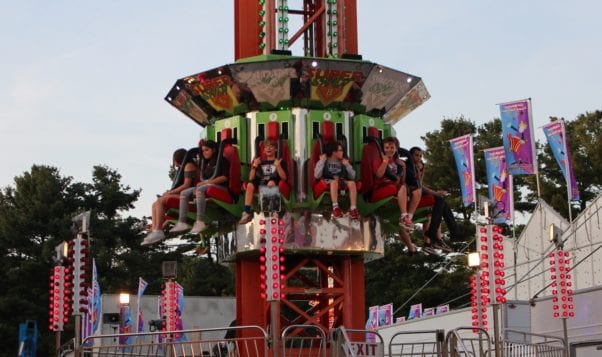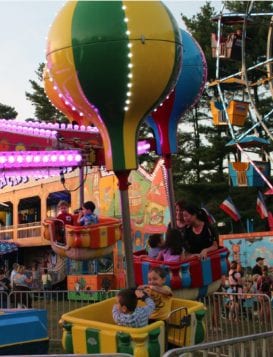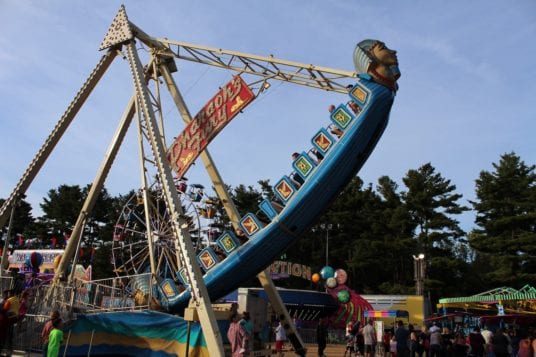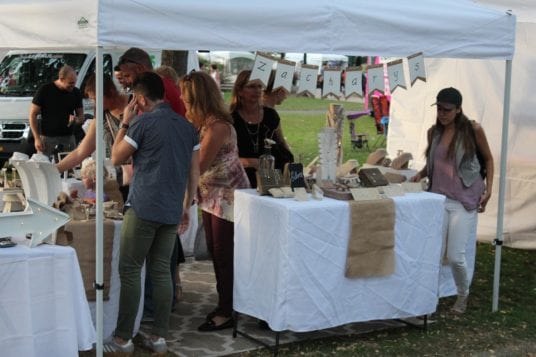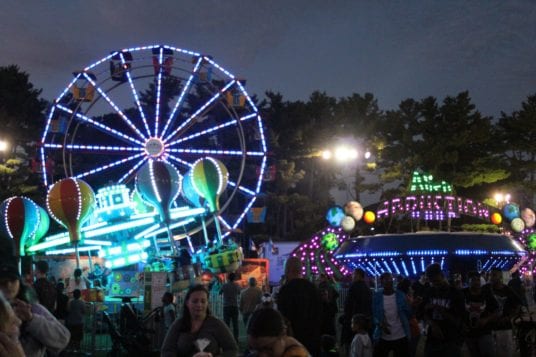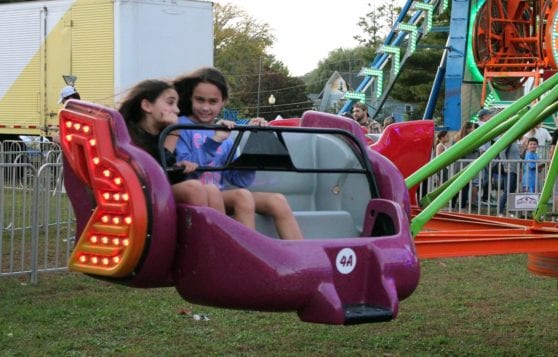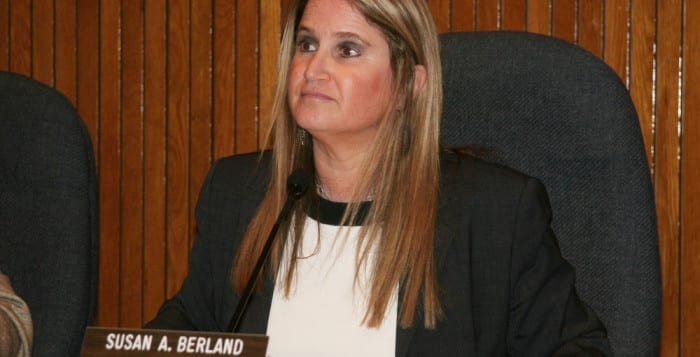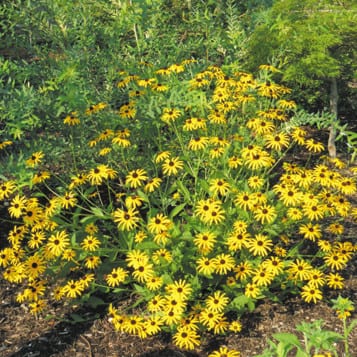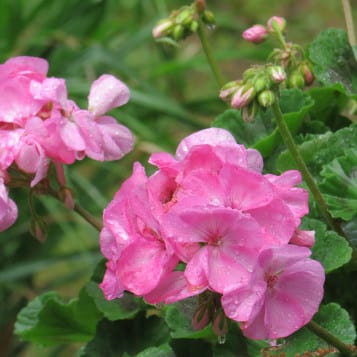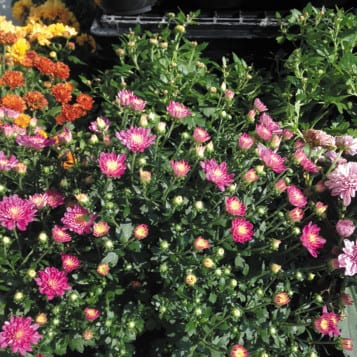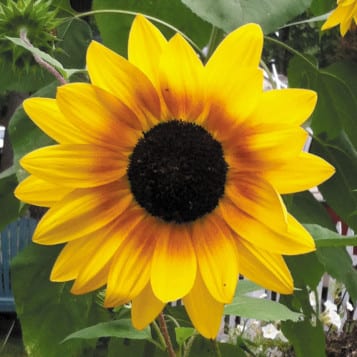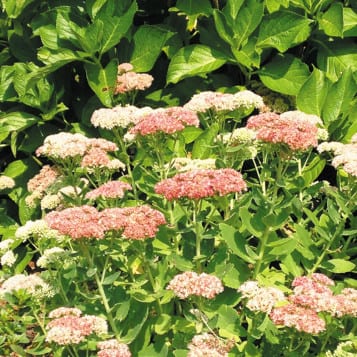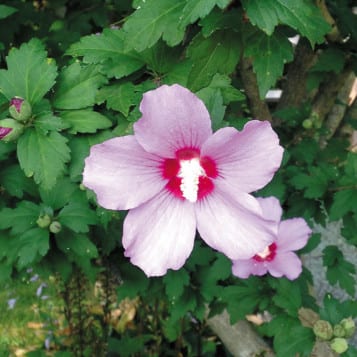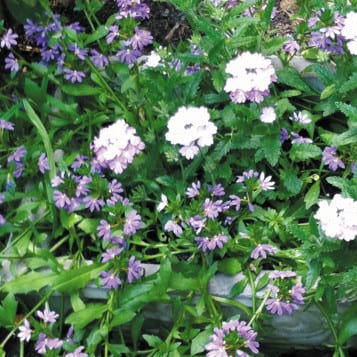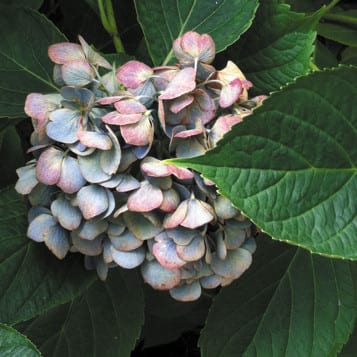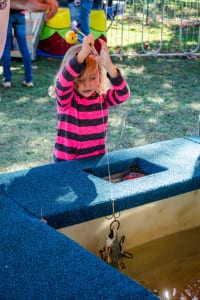There was a strong desire for change blowing into town hall during a Huntington Town Board meeting on Jan. 12.
More than a dozen residents spoke out asking the board to reconsider a limit on gas-powered leaf blowers, citing the health problems the blowers can cause. But board members are divided about taking action.
“Lots of people have asthma in Huntington and gas leaf blowers make it worse,” Donald Payne, a Centerport resident said at the meeting. “The particles they release stay in the air for hours.”
Payne also brought up the fact that the town could be losing money by continuing to invest in gas-powered leaf blowers.
“When you pay someone to rake or sweep, most of that money stays on Long Island,” he said. “If you buy gasoline, most of that money leaves Long Island.”
Peter Calcandy, a Halesite resident, said he was concerned with the noise disturbance these blowers continue to have on the community.
“The daily noise from gas-powered leaf blowers that occur nine months out of the year seven days a week and up to 12 hours a day has eroded this wonderful lifestyle,” he said at the meeting.
Bonnie Sager, a Huntington resident, said that residents are not asking for a ban, but merely a restriction during June, July and August.
“There are no leaves in the summer and all gas leaf blowers do is create more emissions and unreasonable levels of noise,” she said at the meeting.
Sager said the town should make the switch to lithium battery blowers, which do not use gasoline, have batteries that can last several years, are recyclable and are much quieter.
She is part of Citizens Appeal for Leafblower Moderation, an organization that wants Heckscher State Park to be used as a model for a green zone, which is an area maintained with zero emission lawn-care equipment. CALM’s goal is to limit the use of commercial gas leaf blowers during the summertime and educate the public about the health hazards gas blowers have.
More than 700 residents have signed a petition asking the town’s board to limit the use of these blowers during the summer months, but this is not the first time this issue has come to the board.
In May 2014, Councilwoman Susan Berland (D) drafted legislation to limit the use of leaf blowers. However, there was not enough support from the board to pass the bill.
Supervisor Frank Petrone (D) said at the meeting last Tuesday that this idea was left open-ended in 2014 because he felt the board needed more information and added that the issue needed to be tackled gradually.
“One of the issues at the time was the fact that it must be, one, phased in or, two, there has to be an educational promotional program that will bring people to an understanding and, number three, there has to be an explanation of the various forms of technology,” he said. “Until then, it’s a project that’s very difficult to examine and implement without doing a full-fledged program.”
He said the town had success when they used an educational program for limiting grass clippings a few years back. The program included teaching residents about mowing fewer times a week and using a specific type of blade to reduce the impact of clippings. Petrone said it was highly successful.
“This is the direction we have to go with,” Petrone said. “We said we would be willing to examine a program and that offer still sits there from my point of view.”
He also said the program would have to focus on educating landscapers and giving them proper direction.
Berland said at the meeting that she is still “absolutely in favor of this,” and that her challenge is convincing the rest of the board to agree.
In a phone interview, she said she would be open to starting with just banning the blowers on Saturdays and Sundays and then working their way up to the entire summer.
Berland said she thinks enforcing this would not be too difficult, because if any resident sees a gas-powered leaf blower in use when it shouldn’t be, they need only take down the name of the landscaping truck or residence and report it to code enforcement.
Some of her fellow councilmembers disagree.
“I think it would be very difficult to enforce,” Councilman Mark Cuthbertson (D) said in a phone interview. “It could be a significant hardship on business. We would need to see if it’s even feasible for our workforce.”
Councilman Gene Cook (I) said he thinks banning the leaf blowers for the summer months would be too much of an abrupt change, but he is open to learning more about the alternatives and seeing if there is a possible way to enforce change.
“I think we would need a slower method to get people used to the idea,” he said in a phone interview.


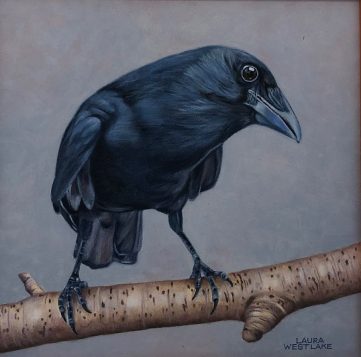

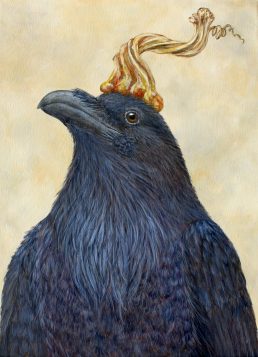
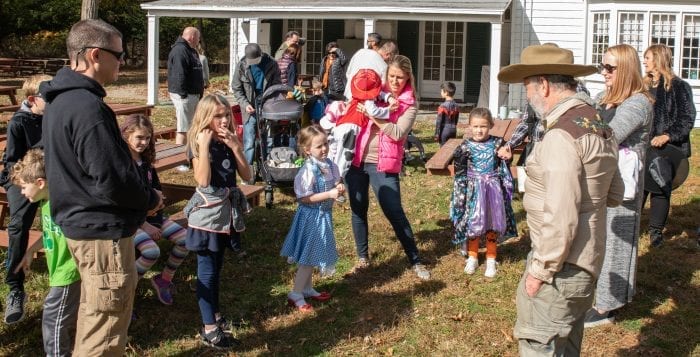

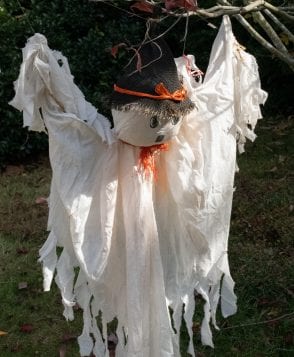
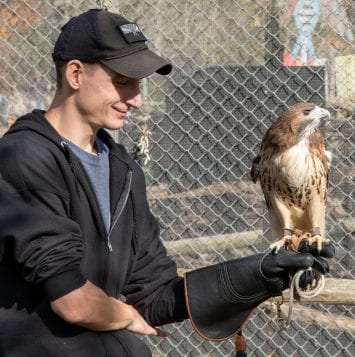

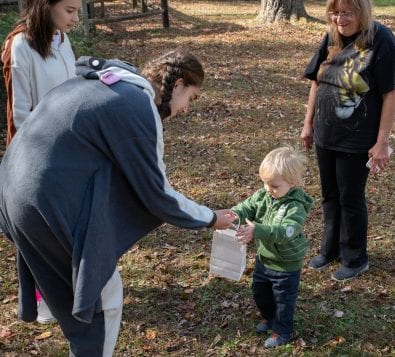
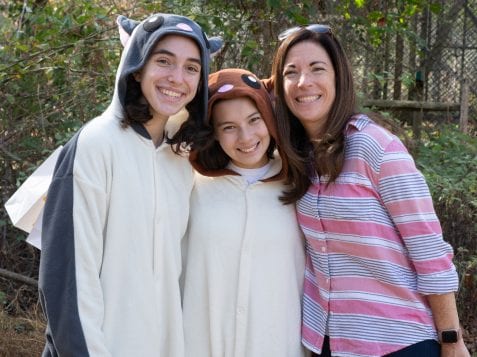
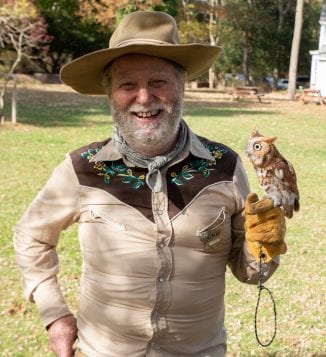
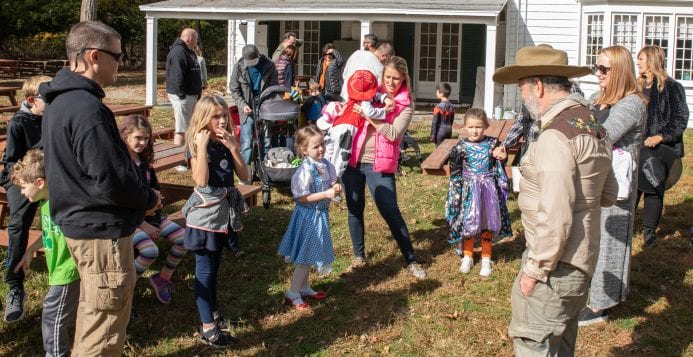
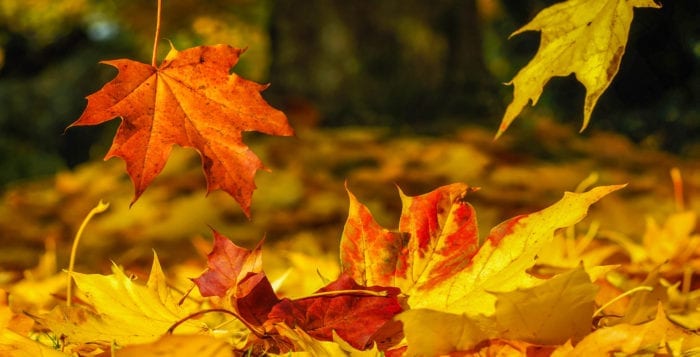
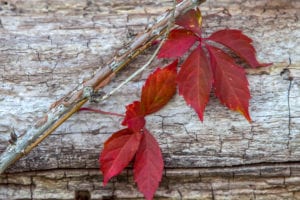 Why do the leaves of some trees, shrubs and vines turn colorful in the fall? What triggers this event? And why do the leaves fall off? We want to be dazzled by the beauty of the countryside and plan day trips north to catch the fall colors. So why is my garden still very green? I go to my bookshelf to find some answers. Two of my favorite books, “The Practical Botanist” by Rick Imes (Simon & Schuster, 1990) and “The Random House Book of How Nature Works” by Steve Parker (1992) provide some of the answers.
Why do the leaves of some trees, shrubs and vines turn colorful in the fall? What triggers this event? And why do the leaves fall off? We want to be dazzled by the beauty of the countryside and plan day trips north to catch the fall colors. So why is my garden still very green? I go to my bookshelf to find some answers. Two of my favorite books, “The Practical Botanist” by Rick Imes (Simon & Schuster, 1990) and “The Random House Book of How Nature Works” by Steve Parker (1992) provide some of the answers.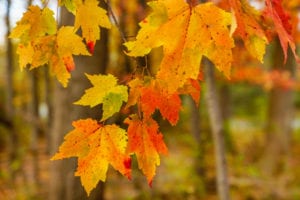 Keeping a garden journal is a way of interacting with your surroundings. Making observations, asking questions and taking detailed notes give you data to compare in each season. Start by recording the weather conditions, wind direction, daily temperature, season of the year, expected rainfall, time of day and the date you made these observations.
Keeping a garden journal is a way of interacting with your surroundings. Making observations, asking questions and taking detailed notes give you data to compare in each season. Start by recording the weather conditions, wind direction, daily temperature, season of the year, expected rainfall, time of day and the date you made these observations.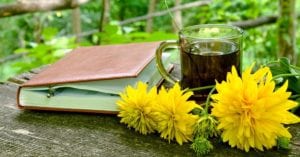 Garden chores for November
Garden chores for November